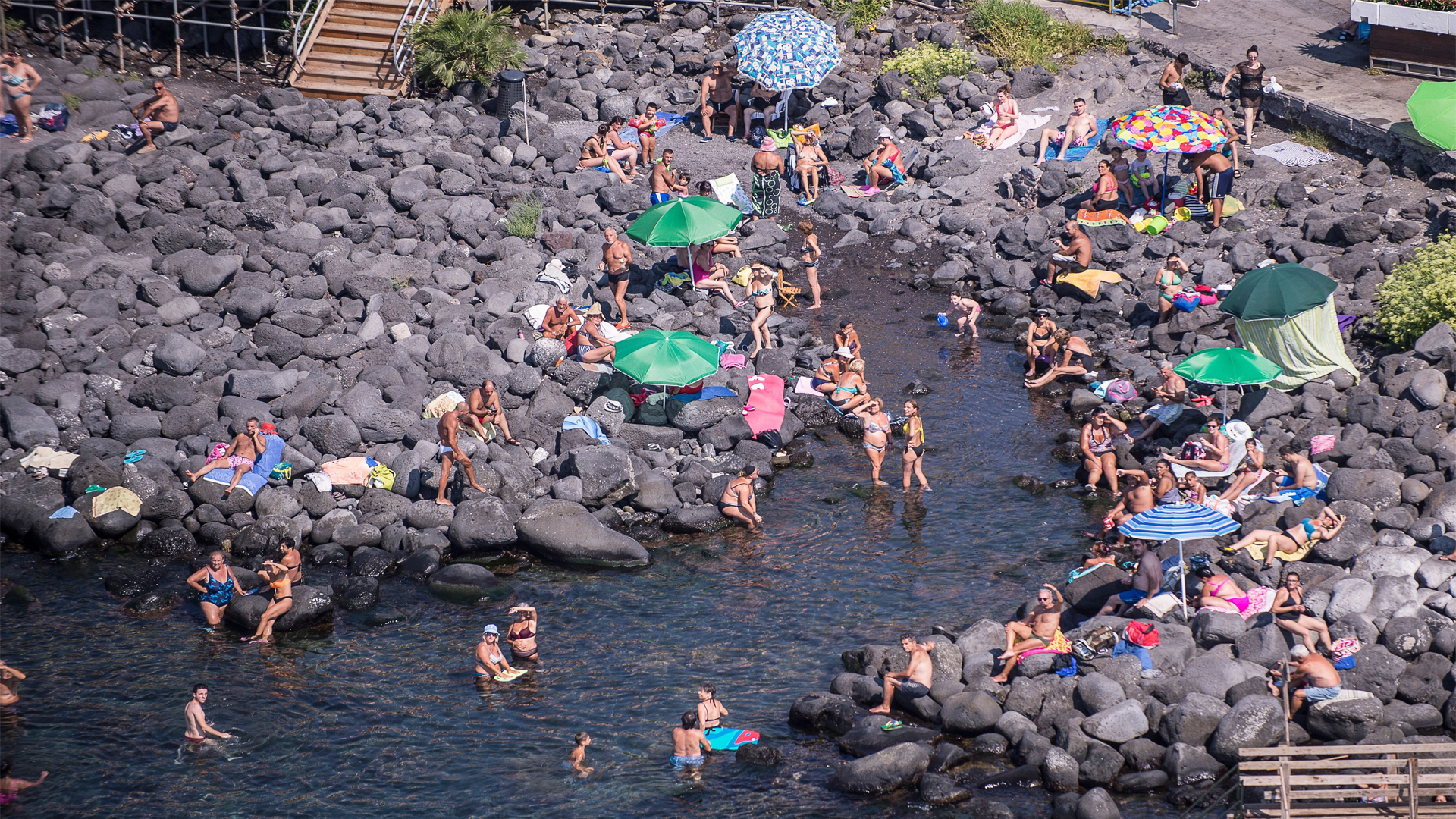While for many the month of August may mark the beginning of the end of summer, for Italians it signals the arrival of one of their favorite holidays: Ferragosto. It’s a national holiday held on August 15, in which Italians take the day off, and sometimes even a week or two, to spend time with family and friends at home, by the beach and lake, or in the mountains.
The holiday’s roots lie in Ancient Rome with the first Roman emperor Augustus, from whom the month of August also gets its name. In 18 BC, the emperor introduced the Feriae Augusti, meaning Holidays of Augustus, to provide Roman citizens with a period of rest to celebrate the end of the harvest season. Animals that were used for work in the field were adorned with flowers and horse races were organized across the empire, an ancient tradition that lives on today in the Palio dell’Assunta, a horse race held every year on August 16 in the medieval Tuscan city of Siena.
In the 7th century, once the Roman Empire fell and Christianity rose to the forefront, the holiday was moved from August 1 to August 15 to commemorate the Feast of Assumption, when the Virgin Mary ascended into Heaven. The day is still considered a religious one even today, and it’s common to see a number of religious processions take place across Italy on August 15.

While August 15 is the official holiday, most Italians extend their time off for a week or two during this period. Because of this, major cities empty out, and smaller restaurants and businesses close for the week. Museums and archaeological sites stay open, with the exception of the Vatican Museums, and public transportation systems operate normally according to a holiday timetable.
During Ferragosto, it’s common for Italians to leave the city and spend time at their case al mare, beach houses, have grigliate, barbeques at home in the garden with family and friends, and take a giro fuori porta, a short trip out of town for some much needed R&R. But perhaps the most famous Ferragosto tradition is the Palio di Siena, held in the hilltop city of Siena for more than five centuries.
The Palio takes place on July 2 to honor the Madonna of Provenzano, and on August 16 to honor the Virgin Mary’s Assumption. It’s a high-adrenaline horse race in which jockeys, dressed in colorful clothes representing the city’s neighborhoods, ride bareback in a frenzy to win the coveted Palio banner. Siena is divided into 17 neighborhoods, also known as contrade, of which 10 are selected by a drawing to participate in the Palio. The entire spectacle, in which jockeys circle the city's main piazza three times, only lasts for 90 seconds, and oftentimes results in riders being thrown from their horses’ backs.
Asia London Palomba
Asia London Palomba is a trilingual freelance journalist from Rome, Italy. In the past, her work on culture, travel, and history has been published in The Boston Globe, Atlas Obscura, The Christian Science Monitor, and Grub Street, New York Magazine's food section. In her free time, Asia enjoys traveling home to Italy to spend time with family and friends, drinking Hugo Spritzes, and making her nonna's homemade cavatelli.


